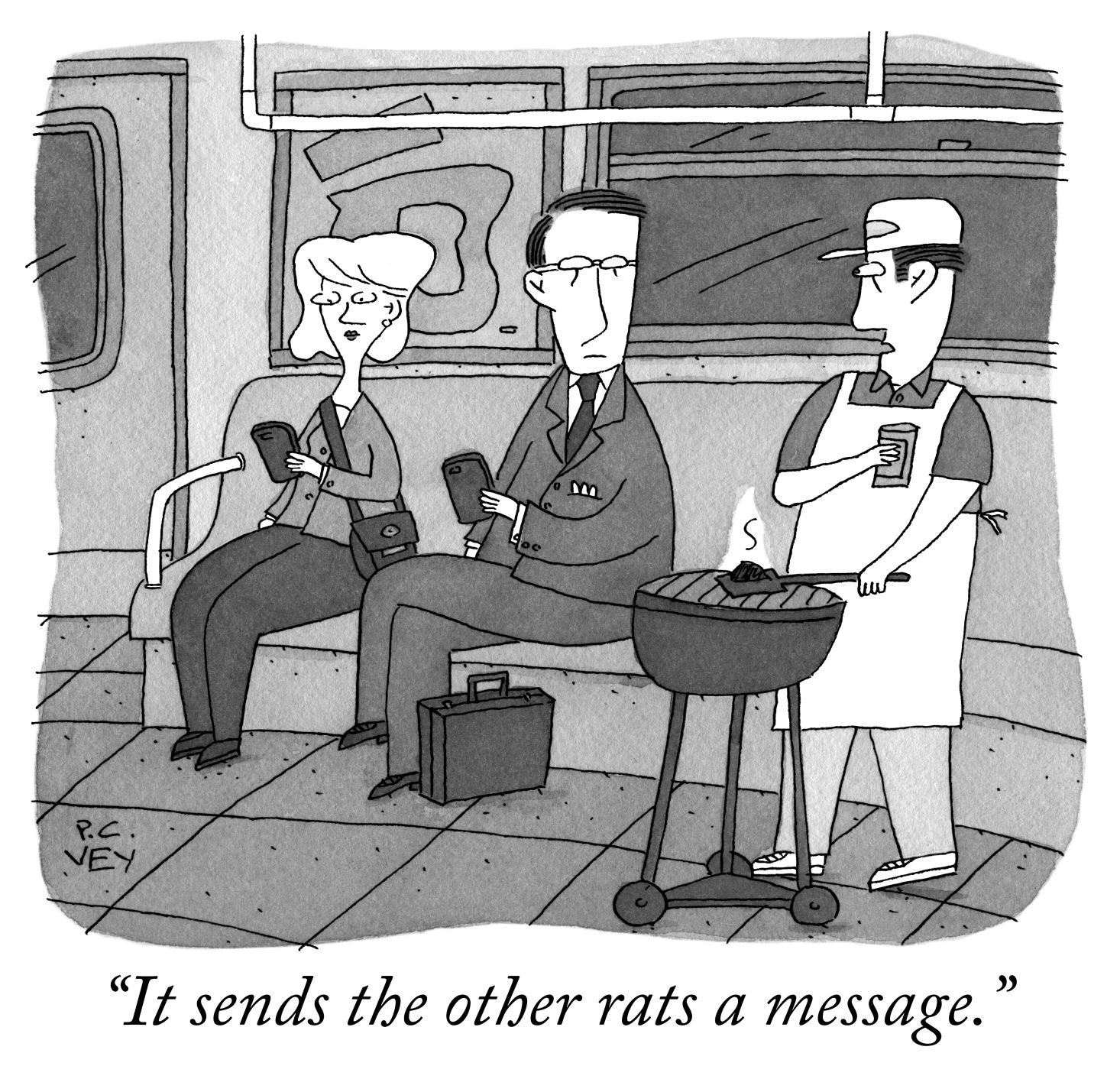

I first consider the established relationships between both swearing and humor, and comics and humor. In this paper, I investigate the Swedish, non-native use of English swear words in Swedish-language comic strips. Additionally, an attempt is made to explain the difference between humorous and non-humorous blends. A detailed discussion of examples aims to testify to the widespread and multifarious applicability of the incongruity-relevance-blending approach to the analysis of humorous cartoons. Here, a corpus of 45 multimodal cartoons on the West is examined. Blackwell: Oxford Yus, 2003, Humour and the search for relevance. New York: Springer), and relevance theory (Sperber & Wilson, 1995, Relevance Theory: Communication and Cognition. New York: Academic Press 1983, Cognitive processes in humour appreciation. London: Hutchinson), the incongruity-resolution model (Suls, 1972, A two-stage model for the appreciation of jokes and cartoons: An information processing analysis. Blending is discussed in reference to three approaches to humour known in topical literature, viz. New York: Basic Books) conceptual blending theory. The primary objective of this paper is to discuss humorous political cartoons contingent on pictorial and textual components, with the heuristic apparatus provided by Fauconnier and Turner’s (2002, The Way We Think: Conceptual Blending and the Mind’s Hidden Complexities. Meanwhile, the humor appeared in visual comic strips is produced exclusively by the visual language of knowledge resources. Special attention is given to humor produced by the interaction of both text and image and by the images only which cause the hyperdetermination of humor, which can produce two or more humorous utterances. In addition, humor which appears in text only and cases of the interaction between the two semiotic modes (either complementary or contradictory) is based on puns, exaggerations, contradictions, analogies, parallelisms, or verbal metaphors. The analysis of the data confirms the following categorization: 49 humors appear only in text, 22 humor result from the interaction of text and image, and three humor come from images. The General Theory of Verbal Humor (GTVH) was adapted as a framework of analysis. The source of data was 74 political comic strips featured in Kompas newspaper. The current research focused on how humor was produced via verbal medium only, via both verbal and visual media, as well as via visual only.

The researchers aimed at analyzing the meaning of humor in newspaper comic strips within a variety of incongruous combinations of multimodal rhetoric. These practices affirm the New Yorker brand, reinforcing the relationship between the magazine and the community which it creates. Responses to the competition serve primarily to demonstrate the creator’s sophisticated understanding of the New Yorker’s cartoon aesthetic (even if, in some cases, they do so through the breach rather than the observance), affirming that they belong to the imagined community of New Yorker readers. Entering or otherwise responding to the New Yorker caption competition and engaging in meta-humour in response to the caption competition, I argue, is a means of signifying membership of a specific imagined community through creative interaction with a fan object. The subsequent analysis seeks to understand these cartoons in their sociological context.

The first part of this paper concerns the humour mechanisms of cartoon competition captions, arguing that entries to the cartoon caption competition are interdependent images which use opposing frames to produce humour. It draws upon the Script Semantic Theory of Humour, a social history of the magazine and its readership, and a theoretical framework drawn from studies of fan interactivity. This paper seeks to provide, through close readings of specific examples, a formal and sociological theory of the New Yorker caption contest.


 0 kommentar(er)
0 kommentar(er)
